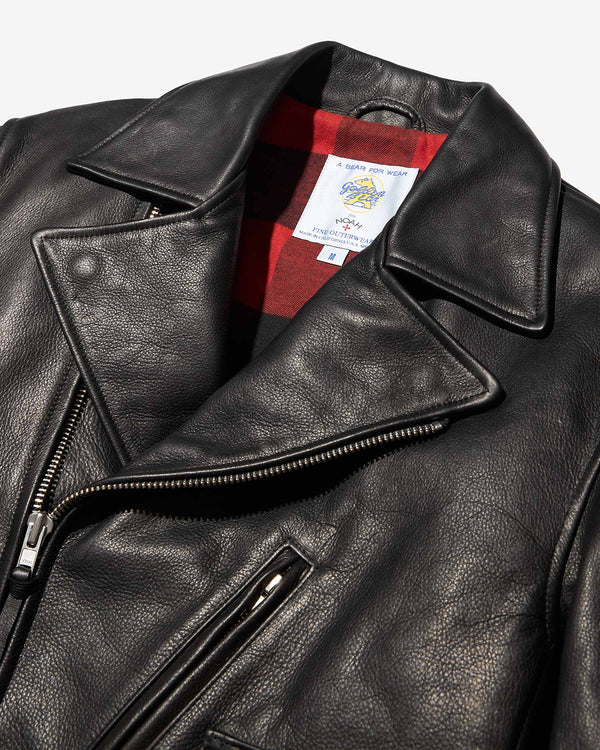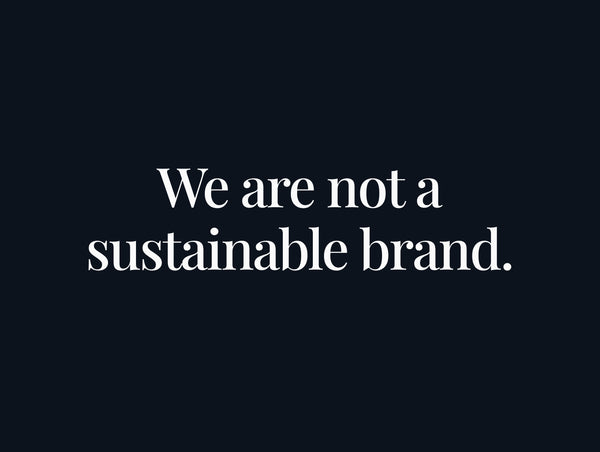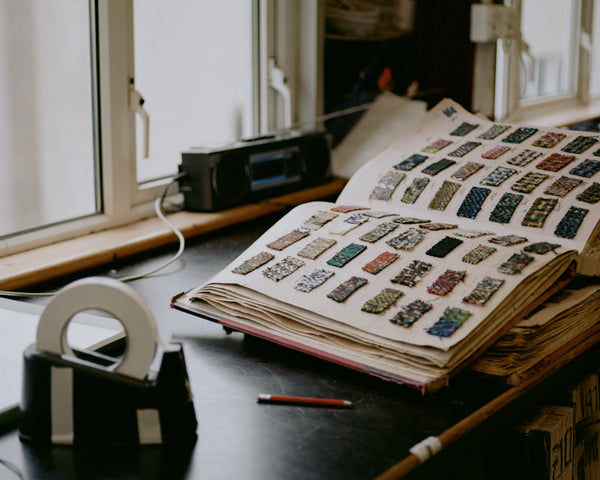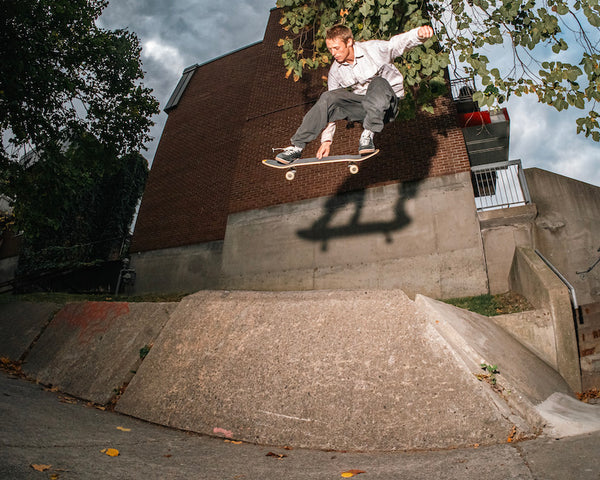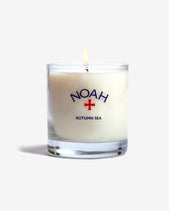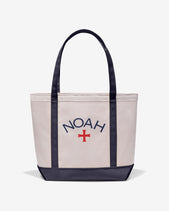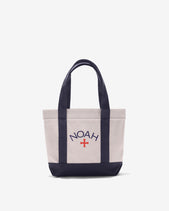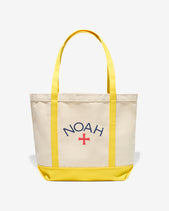
Photos and Objects - Josh Cheuse
It’s probably not a secret that we at Noah are drawn to people who swim in their own lane, who challenge conventional wisdom in ways that are creative, positive, and help spark dialogue. We relate to them because of our own experiences - if you’re younger and perhaps in the process of becoming one of those people, those in your community may not really get what you’re all about. We know how hard it can be - that balance between staying true to yourself and wanting to fit in.
If you’re lucky, you’ll find others who share similar perspectives - and these people may very well become friends for life. And for many of us here, music was a way to form those bonds and allegiances - to find a way to fit in somewhere while being yourself. In a suburban town, you might see a kid with a certain bumper sticker on their skateboard, or a band’s t-shirt, and you’d know you had to go over and talk about it. There’s just something about music that can help form those deep connections that can last a lifetime.

Big Audio Dynamite was one of those bands - if you met a kid who was into them, you knew they were up on their stuff. They emerged at a time in the mid-Eighties that was a crossroads of post-punk, New Wave, hip-hop, and reggae. And they incorporated all of these influences with such craft and originality that listeners may not have necessarily picked up on all these things in their string of hits over the years - E=MC2, C’mon Every Beatbox, or Contact - to name a few. They may have just heard a really catchy rock tune over some live beats, that didn’t quite sound like anything else they had heard before. The truth is, there weren’t a lot of places to hear this kind of music back then.

At the time, the music we heard in the US was basically controlled by record companies and radio stations - corporations and media companies who were more interested in catering to their audiences’ existing tastes rather than helping them develop new ones. This was before the Internet, so there were few avenues to learn about music that wasn’t controlled by these gatekeepers. Then, as it is now, it was easier to sell something that fit into a category, and radio was full of pop-flavored rock, and ballads from a previous generation of classic rockers.
But when we were growing up, we didn’t really think in terms of categories. We were into what we were into, whether it was rock, reggae, or hip-hop. We loved all these things, and any band that blended those things together was our kind of band. They didn’t want to be pigeonholed, and neither did we. So to see a band make it on their own terms gave us the confidence and the freedom to try that too.
Because we weren’t being served that well by the media companies, we had to go looking for these kinds of bands. The searching itself became a journey - reading imported music magazines like The Face cover to cover, or flipping through the import bins at the local record store to find a 12” single that was causing a buzz in the UK.


Those things cost money, so we cherished our local independent radio stations - if you were lucky enough to have one close by. There was a network of college radio stations across the country, plus a couple that were a little bigger, notably KROQ (in LA) and WLIR (on Long Island).
Those radio stations went the extra mile - their DJs took pride in finding the freshest music, even if it hadn’t been released in the US yet. In part, this was how B.A.D. found an audience in the States - they caught the ear of DJs at WLIR and their first single was voted a listener favorite (“Screamer”) four months before it was even released in the United States. And from this platform, B.A.D. and bands like them built a small but loyal following - when you find a great band after putting so much energy into the search, there’s that instant connection. They became one of “your” bands


A lot of the B.A.D.’s sound had to do with the members’ previous background - they were veterans of various punk, reggae, and soul bands around London. Notably, Mick Jones was a key member of the legendary punk band The Clash. Don Letts became involved with them (and other bands) as well, and played a pivotal role in the history of London punk and street fashion that is a story for another time.


So how did hip-hop get into the picture? Jones and Letts discovered it when the Clash came to New York for a series of gigs in 1981, and it had a profound impact on the sound and look of both the Clash and then B.A.D.. Unlike others who may have taken superficial elements of hip-hop, or made a watered-down version for the masses, they absorbed the entire culture - whether commissioning Futura for stage artwork, having Grandmaster Flash and Kurtis Blow open for the Clash, or later incorporating techniques like sampling and hip-hop beats into B.A.D.’s music.
And that was the key to B.A.D. for us - they connected with their inspirations at a deep level. When you hear them, their music feels true to the cultures they came from and were influenced by. They used reggae rhythms that reggae fans would recognize. And instead of just laying samples down on top of a rock song, they built the songs using samples and live instruments together in a seamless way. It’s true that they were one of the first rock groups to use samples, but that mattered less to us than how they used them. As a kid, you know when someone’s faking it, and they were the real deal. And we responded to them accordingly


It’s difficult to imagine a version of the world where B.A.D. doesn’t exist, as they certainly changed the course of how people thought about music from that point moving forward. We’re thankful for their talent and creativity.
This season, we are proud to present Noah’s tribute to B.A.D. - their restless experimentation, the innovative music they made, and their true representation of street culture.

